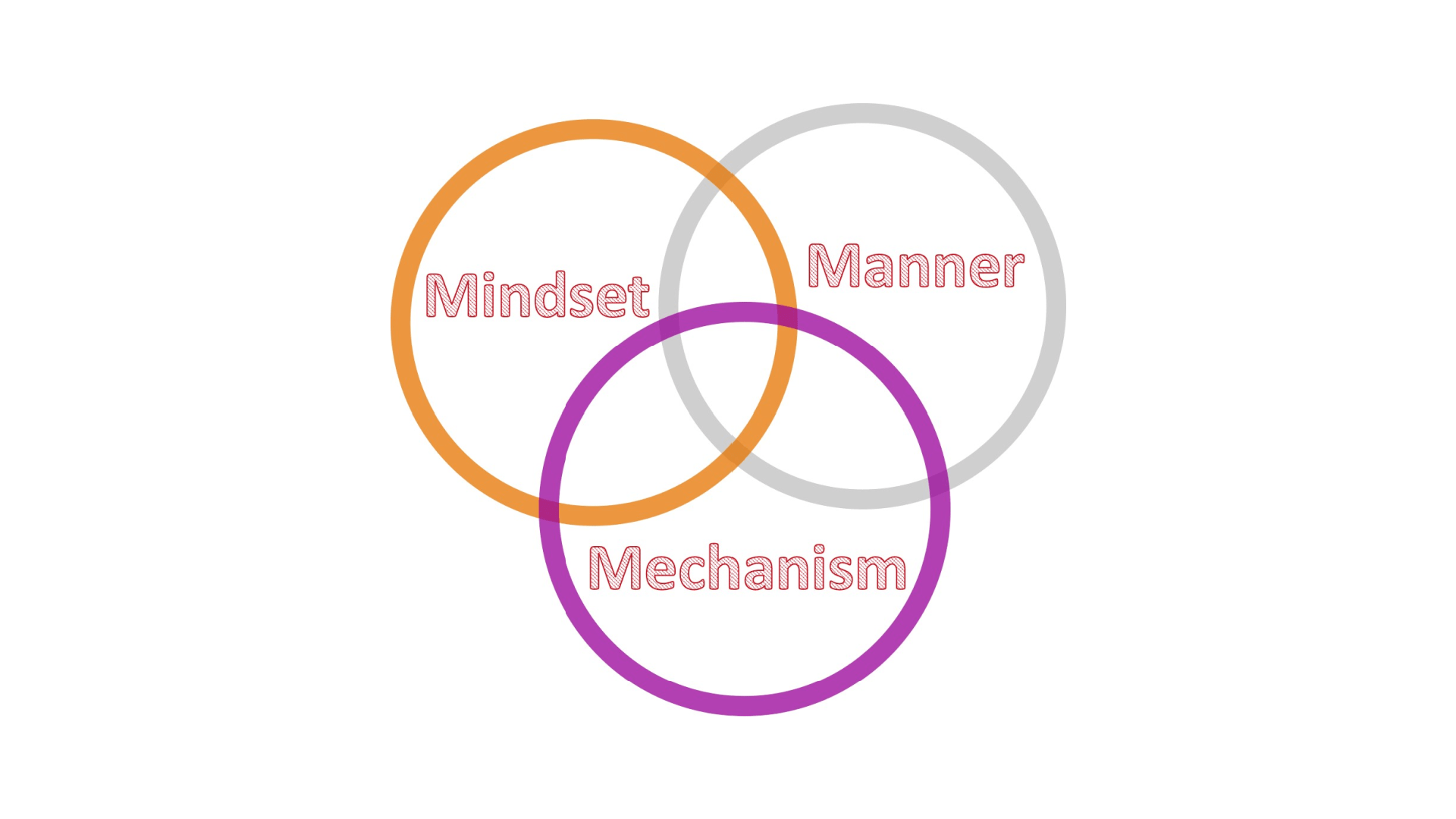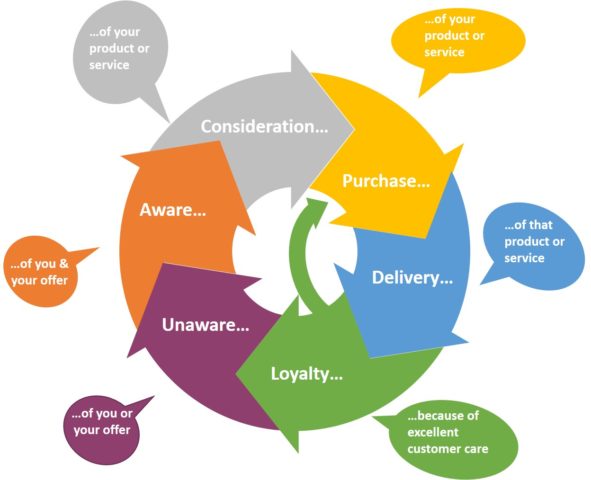 This is a guest blog from Paula Richardson at Smart Bee Business.
This is a guest blog from Paula Richardson at Smart Bee Business.
Paula Richardson is the owner of SmartBee Business and supports small businesses to attract more customers and generate more sales.
Sales is an essential part of being in business. If there are no sales, then there is no business, only a hobby. If you’re serious about your business and want to succeed, then you need to get a grip on sales fast.
There are a ridiculous number of sales books available, all full of valid sales advice, which is great for anyone with love for reading and a spare 729 days before the next sales meeting. But I’m guessing this isn’t you.
Here’s my distilled and simple approach to help you think clearly about sales.
Sales consist of three fundamental areas.
These are:
Mindset – how you think about sales and what ‘sales’ means to you and your team.
Manner – how you (and your team) approach and conduct your sales meetings.
Mechanism – how you set up your business as a vehicle for optimising sales.
This Venn diagram shows you how each area has a part of play in sales. You’re probably doing one or even two of these really well, but you’ll need to be on top of all three to start achieving great sales.

Let’s dive into each one.
1. Mindset
The word ‘sales’ conjures up all manner of feelings. Common ones I hear are: icky, pushy, underhand, uncomfortable. We’ve all seen the shouty TV ads, the radio ad upselling everything in one swift vomit of sales speak. It’s enough to make you run for the hills. It doesn’t need to be this way.
Your mindset should regard sales as natural, uncomplicated and ethical. If you feel awkward or uncomfortable, you’ve probably had a bad experience when buying something. Take a second to think about how it made you feel.
To get over this and have a ‘positive sales mindset’ you need to replace the word ‘sales’ with other phrases. Instead, think what your product or service offers a buyer.
Here are a few ideas: serving, helping, enhancing, providing, business development, solution, growing.
Use these words and phrases help you reframe sales and selling for you and your business. Start thinking of ‘selling’ as ‘business development’. Then consider that pesky sales meeting in your diary as a business development meeting. Suddenly it seems more professional and helpful, less icky and pushy.
Think of ‘selling’ as ‘working on solutions’. And approach your sales meeting as an opportunity to work through these solutions with your customer, creating a resolution together. Now, there is nothing underhand about helping.
You can turn those uncomfortable, nervous sales scenarios into expert encounters where you help, support and enhance your buyer’s situation. It then becomes a value exchange for both you and your customer and doesn’t feel unnatural or awkward for either of you.
It takes determination and practice to reframe sales. But by doing so, you get the right mindset for you and your team which will inform the way you view and drive sales within your business.
2. Manner
Your manner is how you handle yourself in sales meetings and general business meetings—the words you use and how you interact with your potential customer and colleagues.
We’ve all met a crashing bore at a business networking event. They may disguise themselves as polite, asking your name and what you do in business. But they’re only waiting to tell you how fantastic their business is or how many widgets they sold last month. And while they may look the part, they aren’t projecting someone you’d want to do business with.
In a sales call, this is about being natural and having a proper conversation with your buyer. A conversation as you would with a friend over dinner, discussing the pros and cons of an idea. Nothing pushy, nasty, rude or aggressive. And certainly nothing offensive. You’ll probably have a few laughs, ask some serious questions, and maybe play out a couple of scenarios.

Your manner is all about soft-skills. These are those hard-to-pin-down skills like empathy, understanding, authenticity, teamwork, emotional intelligence, sense of humour, flexibility, optimism, communication, creativity and so on.
An exercise in manner
These soft skills are what we use every day with our friends. If you ask your friends and family to describe you in four or five words, their responses are your traits and behaviours.
Try to use the most positive of these traits to be the ‘best’ version of yourself in sales meetings. By demonstrating and using these soft skills, you’ll be more natural and authentic. And your buyers will see you as honest and ‘normal’ which means they are happy to meet and buy from you.
Large corporations spend vast amounts on money on their sales teams trying to develop these soft skills. Big companies know how important soft skills are to getting buyers to engage with them. Spend time with your team to identify each other’s soft skills and use these as key areas in your appraisals and training.
Of course, you need to know your product or service inside out. And if it’s your company, you’re probably the primary salesperson. Make sure your teams know the products and services as well as you. If you can add a winning manner to this, then you are really going to fly.
3. Mechanism
A definition of a mechanism is:
1. a system of parts working together in a machine (a sales machine)
2. a natural or established process by which something (sales) takes place or is brought about.
The final part of sales is to have a strong mechanism for gaining sales effectively and efficiently.
The systems and processes inside your business need to have the customer at the core. You should devise and build these mechanisms to focus on your customer and their buying journey.

Do this by carefully analysing your customers: who are they, why should they buy from you (what is your niche/speciality), how long is their buying cycle, how many stakeholders are involved? Then use this analysis to create an excellent customer journey. Map out their ideal journey and identify each section of that journey and each ‘touchpoint’ where you can influence your customer.
These ‘touchpoints’ are opportunities. Set it up, so each touchpoint has a clear customer-centric process. Most customer’s journeys start way before your involvement and continue afterwards. An outline journey runs something like this:
- Unaware
- Aware
- Consideration
- Purchase
- Delivery
- Loyalty
At each stage, you need a system and set of processes to maximise your chance of a sale.
Unaware
Your customers need a clear marketing and promotion process when they are in the unaware stage. In this digital age, the lines between marketing and sales are particularly blurry. Obviously, I see it as all part of the sales process, and I consider it to be the ‘pre-sell’.
It’s about getting the buyer’s attention and making them aware of you, your business and how good it feels to be a customer of yours.
Aware
During the ‘aware’ stage, your aim is careful nurturing with examples, testimonials, freebies, and tutorials. You will want to invite your customers to your Facebook group, Pinterest or Instagram accounts. Also, consider face-to-face events and one-to-one meetings. You need to give excellent value, so they want more.
Consideration
Consideration is the crucial stage as they are not yet a customer but considering to buy from you. They could very easily consider not buying from you, too. Remove any obstacles to them buying from you and handle objections before they are voiced. Understand your frequently asked questions and give them every reason to buy from you and not your competitors. You might be in that sales meeting where your Mindset and Manner kick into action.
Purchase
The purchase stage is either ordering a product or onboarding a client. It’s when the customer has committed to a course of action with you. Your systems have to be watertight to ensure they have a great customer service experience.
Delivery
Delivery is the emotional section of your customer’s journey. It’s when they start to experience your product or service that they’ve paid for and the main reason they bought from you.
Loyalty
You want your customer to have such a great experience that they come back for more. Doing so will shorten the journey to the sale next time. These customers will cost you less and have a greater lifetime value for your business.
And if you work at this stage, they will tell their friends and family about you, recommending your business. This will pull in new customers to your sales process. Then it’s rinse and repeat with the power of customer satisfaction.
Wrap it all with value
Every section of the customer’s journey should have value wrapped around it by being sales-focused and customer-centric. I like to think of the journey in terms of a virtuous circle. Here’s a small graphic to help you visualise.

So there we are; my world view of sales. Everything in your business should revolve around sales. Sales are not one activity but a continuous set of synchronised activities and processes, each one working in harmony with the others to create the best possible chance for your customers to find, use and love your products and services.
Don’t get overwhelmed; remember 3 core practices:
- Mindset
- Manner
- Mechanism
Looking for more useful sales advice? Try these:
Will you hold my spider for me? And other powerful sales phrases using the evoking freedom technique

